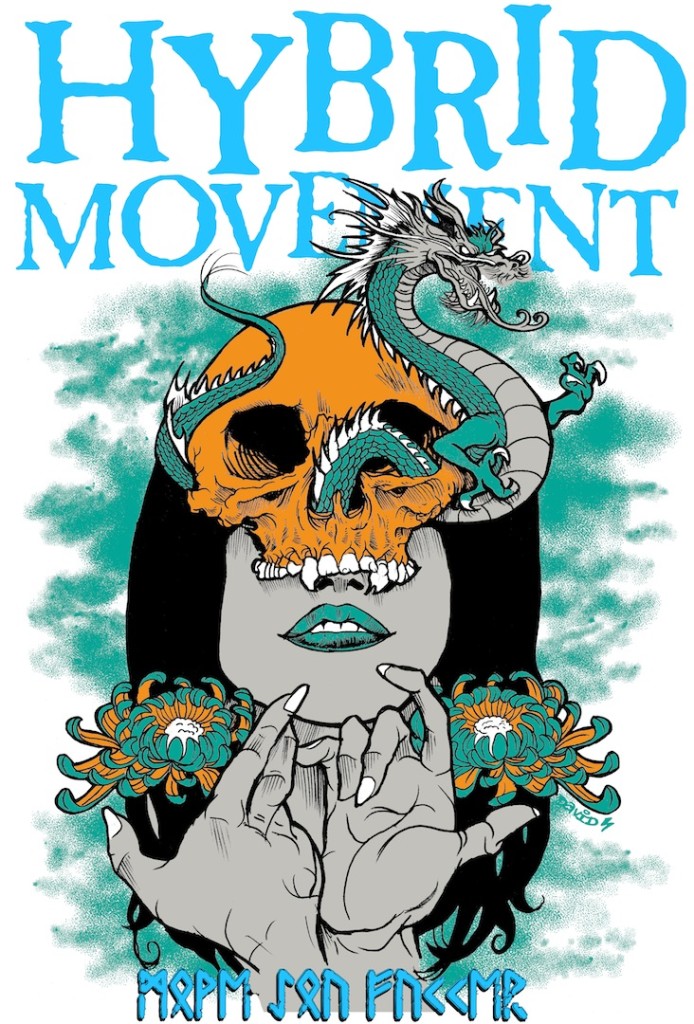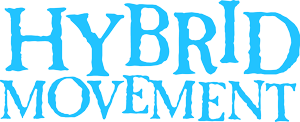bench supported Bent over Row dumbbell The bench supported row is a good pulling exercise for beginners because there is less strain on your erector spinae as well as your...


An Alternative Resource for Strength and Conditioning